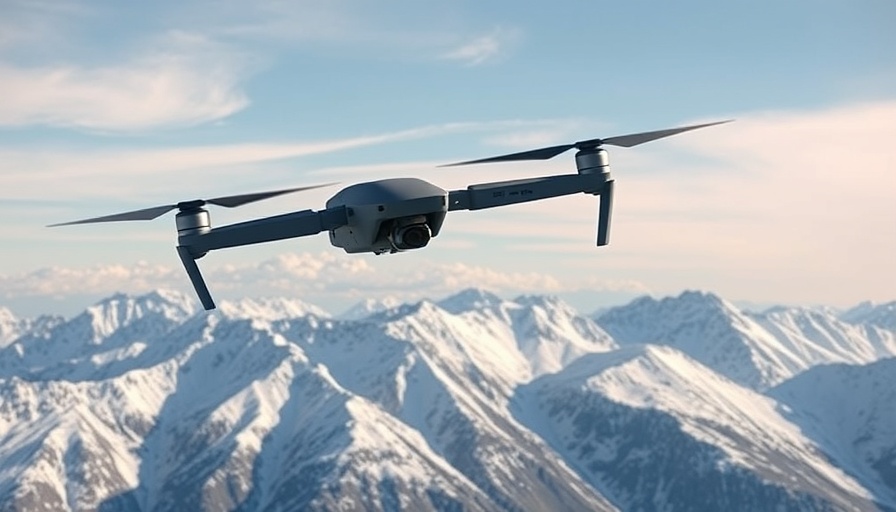
The Rising Demand for Military Drones
In an era where national security is paramount, the demand for military drones is surging. The Indian startup Raphe mPhibr, co-founded by siblings Vikash and Vivek Mishra, exemplifies this trend by securing a substantial $100 million in Series B funding. This investment, spearheaded by General Catalyst, is geared towards enhancing research and development as well as boosting local production capabilities, crucial for addressing the rising needs of military UAV deployment.
Understanding the Competitive Landscape
Despite China's dominance in the global drone manufacturing sector, Raphe mPhibr is poised to make significant strides in India's defense technology landscape. The recent conflicts, particularly the India-Pakistan war, highlight the growing reliance on drones for battlefield effectiveness, prompting the Indian government to triple its drone spending to an impressive $470 million over the next year. This shift reflects not merely a reaction to current events but a strategic move towards technological self-reliance in national defense.
Innovative Products Tailored for Defense Forces
Raphe mPhibr has developed a diverse range of drones, each tailored for specific military needs. Their offerings include the mR10 drone swarm designed for operational missions, high-altitude logistics with the mR20, and surveillance capabilities through the Bharat lightweight drone. Each model is engineered with the operational requirements of Indian defense forces in mind, showcasing a commitment to innovation that stems directly from understanding user needs.
The Founders' Vision and Road Ahead
With the founding brothers drawing on their academic backgrounds from prestigious institutions like MIT and Georgia Tech, they have channeled their insights into creating advanced drone solutions. Their journey, which began by focusing on the needs of Indian troops, emphasizes a critical approach to design and utilization of technology in defense. Going forward, their objective will be to fortify local capacity in drone manufacturing while simultaneously delivering cutting-edge solutions tailored to dynamic battlefield environments.
As military applications for drones continue to evolve, the advancements made by startups like Raphe mPhibr represent a significant leap toward achieving operational excellence in defense. With the backing of substantial investments and a focus on indigenous capabilities, the future looks promising for India's drone ecosystem.
 Add Row
Add Row  Add
Add 




Write A Comment